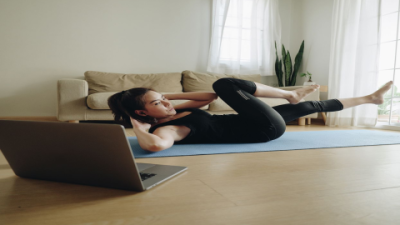You know that feeling. You've had an amazing day out on the water – maybe kayaking, paddleboarding, or just cruising on a boat. The sun was shining, the breeze was perfect, and you felt totally free. Then, you take off your life jacket… and there it is. That red, itchy, sometimes downright painful rash. Ugh. It's enough to make you dread putting that essential piece of safety gear back on. Trust me, I've been there. More times than I care to admit, actually. That "life jacket rash" can turn a perfect day into a miserable evening of scratching and discomfort. But why does it happen, and more importantly, how can we make it stop? And can we really prevent it? Let's dive in.
So, what's the deal with this rash, anyway? Well, it's usually a grumpy mix of a few things. Mostly, it’s just your skin saying, "Hey, stop rubbing me raw!" Think of it as chafing, pure and simple. Every time that life jacket moves – and it always moves – it’s like a tiny sandpaper party happening on your skin. Especially if you're wet, or salty from the ocean, or sweaty from working hard paddling. That constant friction just wears down your skin's outer layer, leaving it red, irritated, and super itchy. My neck and under my arms are always the first places to protest.
But it’s not always just rubbing. Sometimes, your skin just doesn't like what the life jacket is made of. We’re talking allergic reactions here. Some folks, bless their sensitive skin, might react to the neoprene, or the nylon, or even the dyes they use. It’s not super common, but it happens. Your body just says, "Nope, not today, chemical!" and throws a rash tantrum.
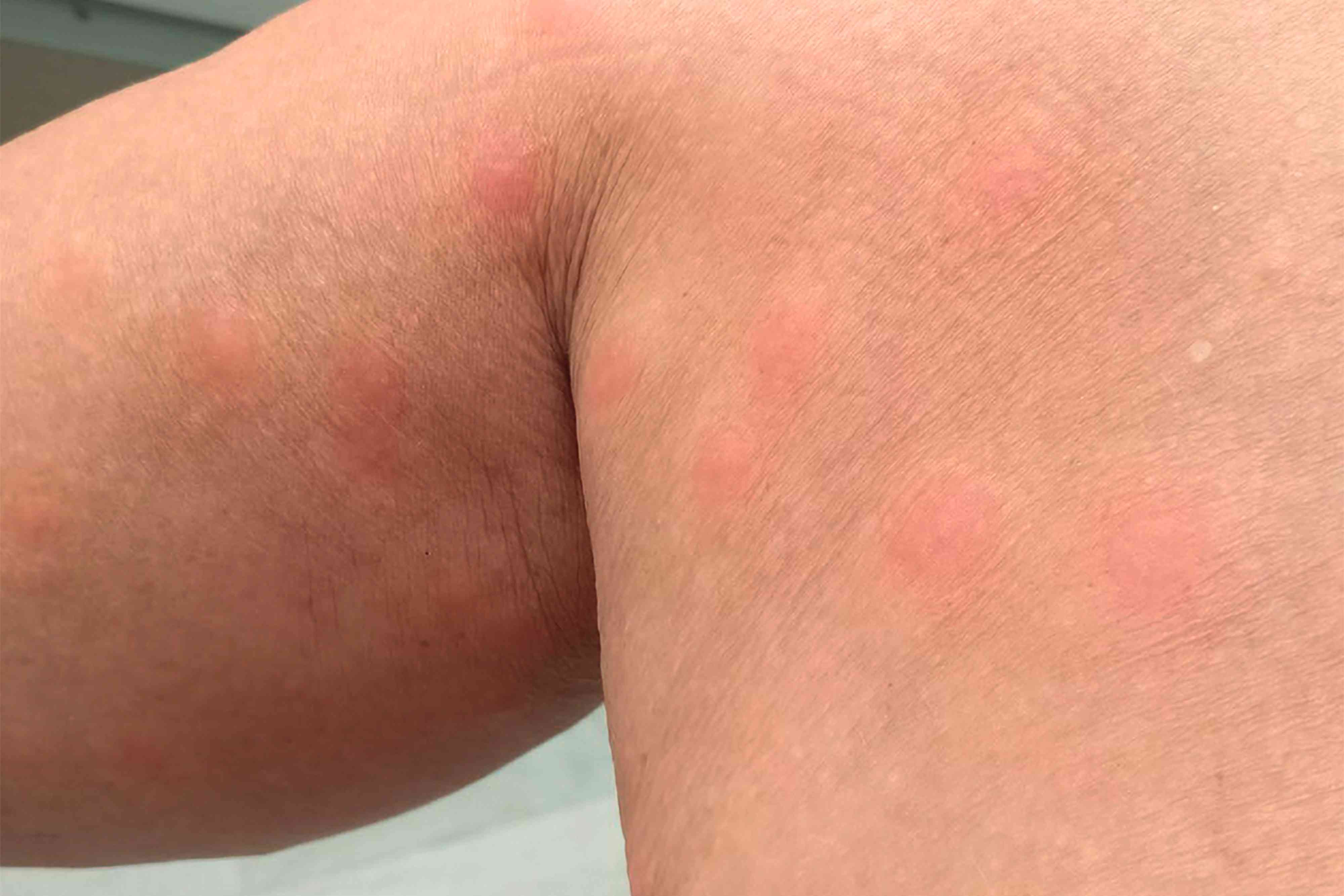
And then there's the gross part: moisture. You’re in the water, you’re sweating, it’s humid. All that wetness gets trapped under your life jacket, and your skin can’t breathe. It’s like a steamy, salty sauna for your skin, and it just breaks down that protective barrier. Suddenly, you’ve got irritant contact dermatitis. Oh, and a poor fit? That’s a huge culprit. Too tight, and it digs in; too loose, and it shifts around like crazy, causing even more rubbing. It's a lose-lose situation if you don't get it right. And wearing it for hours and hours without a break? Yeah, that just bakes in all the bad stuff.
You know you’ve got life jacket rash when your skin turns red and angry. It starts itching like crazy – you could scratch your arm off! Sometimes you see little bumps, or even blisters. If it gets really bad, your skin might look dry, flaky, or even cracked. And it definitely feels tender, almost bruised. If it starts oozing, or gets super swollen and hot, or you feel feverish, drop everything and see a doctor. Seriously, don't mess around with infections.
Okay, so we know what it is. Now, the million-dollar question: How do we stop this from happening in the first place? Because let’s be real, we’re still gonna wear our life jackets. Safety first, right?
First things first, get a life jacket that actually fits and feels good. This is huge. Think of it like a good pair of shoes – if they don't fit, you're gonna have blisters. Same idea here.
-
Material matters: When you’re shopping, feel the inside of that jacket. Is it soft? Does it feel like it could glide against your skin? Or does it feel like rough canvas? Look for neoprene if you can. It's softer and stretchier than plain old nylon, which can be pretty abrasive. I had one nylon jacket once that felt like sandpaper everywhere it touched. Never again.
-
Fit, fit, fit: It needs to be snug enough that it won’t ride up over your ears when you try to lift it by the shoulders (a good test!), but not so tight that you can’t breathe or move your arms. Adjustable straps are your best friend here. Play with them until it feels just right. Trust your gut on this one.
Here’s a little cheat sheet I like to keep in mind:
Next, let's talk about anti-chafing stuff. This is my secret weapon. Before I even put on my swimsuit, I'm swiping on an anti-chafing balm in all the usual spots: my neck, under my arms, maybe even a little on my chest if the jacket rubs there. It creates this slippery barrier that makes your skin say, "Hey, I can just slide around here!" instead of "Ouch, friction!" My go-to is Body Glide, but there are tons of options like Gold Bond Friction Defense or Chamois Butt’r. They’re usually waterproof, which is key. Don’t forget to reapply if you’re out there all day, especially after taking a dip.
Also, don't be a hero. Take breaks! If you're out for hours, periodically take off the life jacket, let your skin breathe, and dry off. Seriously, let the air hit your skin for a few minutes. If you have multiple life jackets (lucky you!), rotate them. Let one dry out completely while you use another. That helps prevent any gross mold or bacteria from setting up shop inside.
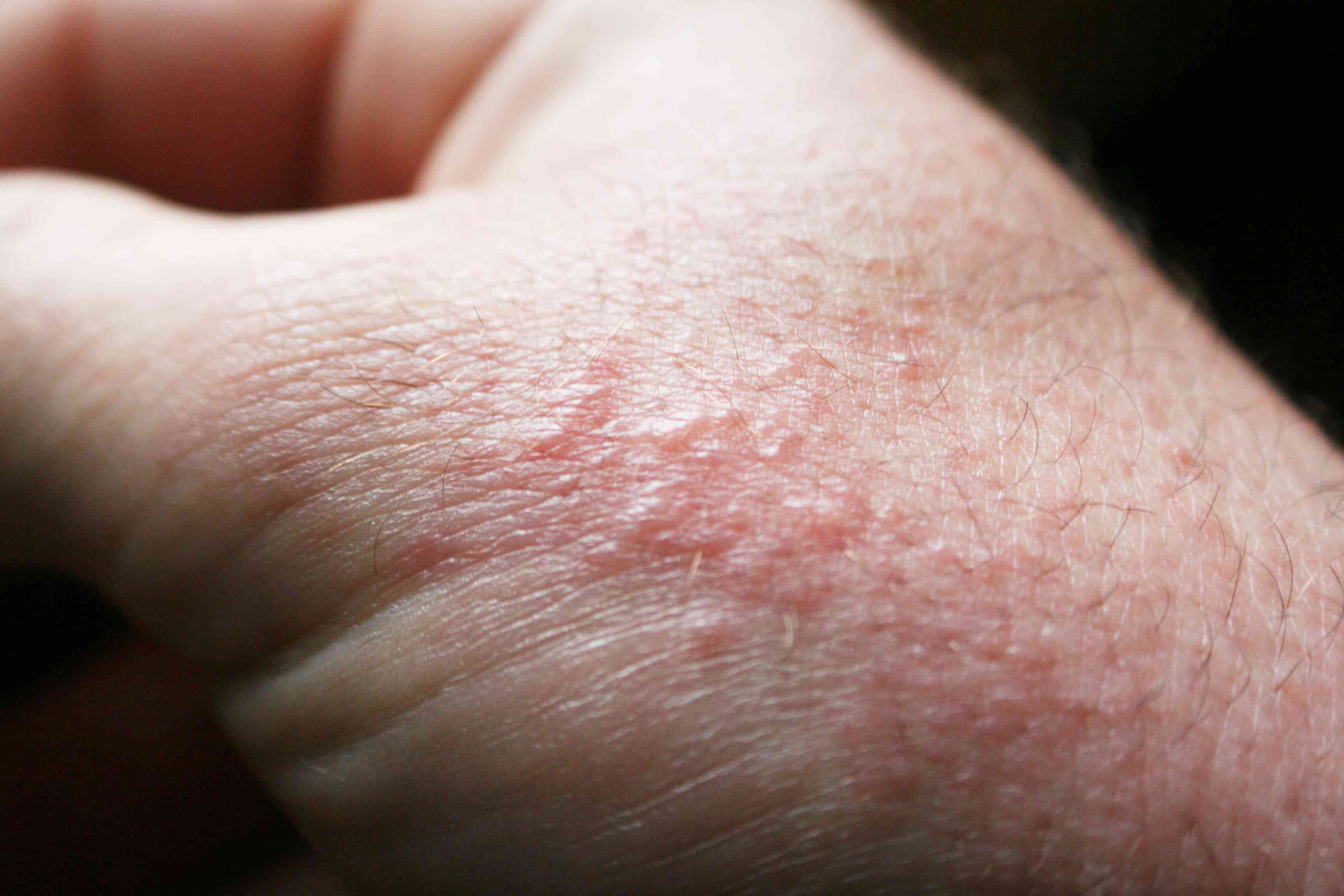
And this might sound obvious, but keep your skin clean and dry. As soon as you’re done with your water activities, rinse off all that saltwater, pool chlorine, or sweat. Then, and this is important, pat your skin dry. Don't rub. Rubbing just aggravates skin that’s already been through a lot. Sometimes, a little talcum powder or cornstarch can help keep those moisture-prone areas nice and dry before you even put the jacket on.
Finally, for those super sensitive spots, get creative. I sometimes put a blister bandage on the back of my neck, right where the collar of the life jacket hits. It's a little extra protection. And seriously, investing in a good rash guard or a swim shirt to wear under your life jacket can be a game-changer. It’s a thin layer that takes all the rubbing instead of your skin. Plus, it usually offers sun protection, which is a bonus!
Okay, but what if, despite all your best efforts, that fiery red rash still pops up? Don't panic. Here’s your battle plan for quick relief:
-
Get rid of the culprit: The very first thing? Take off that darn life jacket. And don’t put it back on until your skin is happy again.
-
Gentle clean-up: Wash the area with super mild soap and lukewarm water. Think baby soap. Don’t scrub! Just gently cleanse.
-
Air it out: Pat it dry. Don't rub. Let it air out as much as you can. Skin needs to breathe to heal.
-
Soothe it: Now for the good stuff. Slather on something soothing. My favorites are plain old zinc oxide cream (the stuff for baby bottoms works wonders!), Aquaphor Healing Ointment, or even just plain Vaseline. They create a barrier and help your skin heal.
-
Stop the itch (if it's bad): If you're tearing your hair out from the itching, a little bit of over-the-counter hydrocortisone cream can help for a day or two. But don’t use it forever without asking a doctor.
-
Cool it down: A cold compress feels amazing on hot, angry skin. Just a washcloth soaked in cool water.
-
No scratching! This is the hardest part, I know. But scratching just makes it worse and can lead to infection. Try to resist!
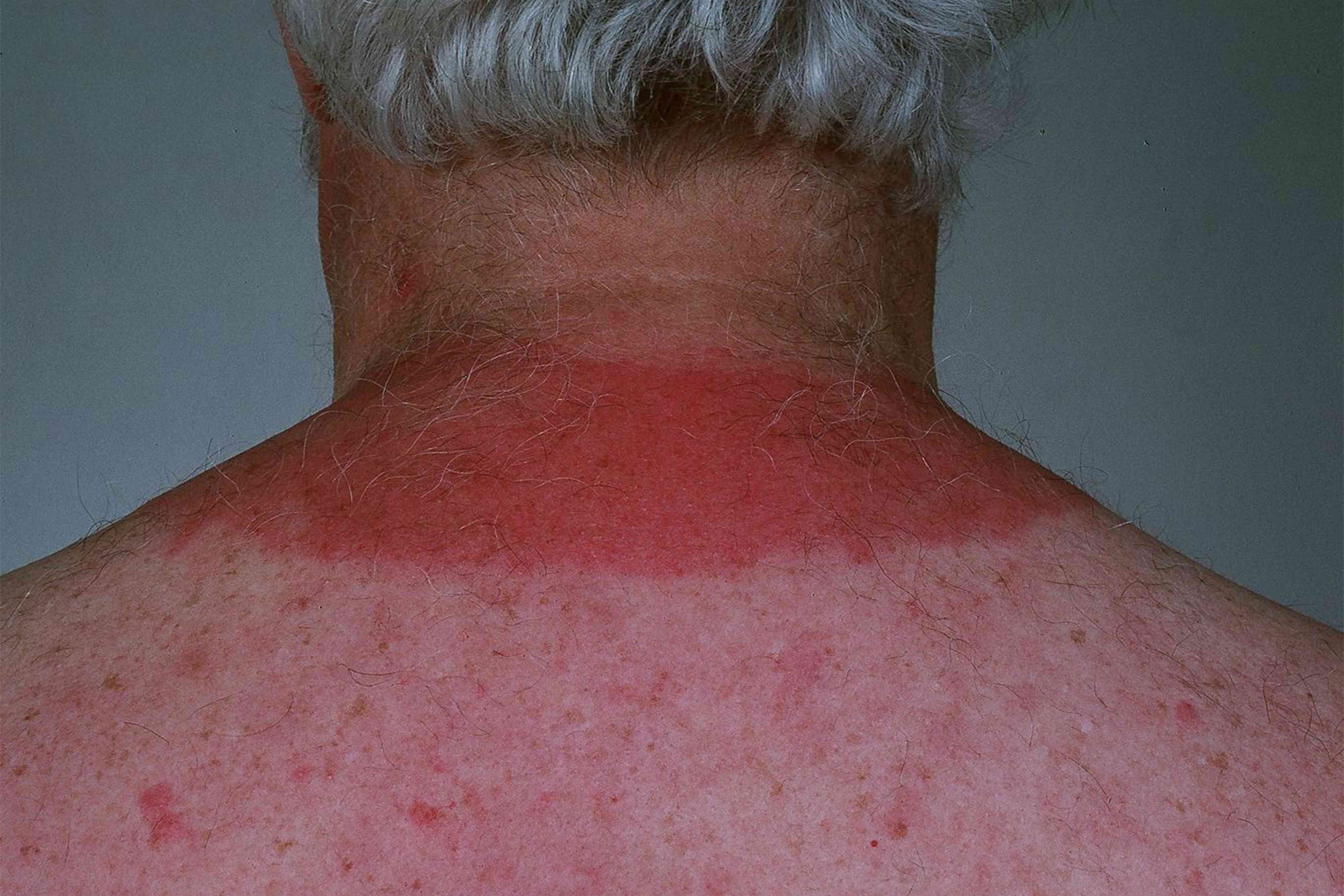
-
Watch out for trouble: If you see any signs of infection – like swelling, pus, it gets hotter and redder, or you feel feverish – go see a doctor right away. Don’t wait.
Got more questions rolling around in your head? Here are some of the things people often wonder about this annoying rash:
Q: My life jacket only gives me a rash sometimes. Why is that?
A: Oh, tell me about it! It's never consistent, is it? Could be you wore it longer that day, or you were sweatier, or maybe the water was saltier. Even how much you were moving around can make a difference. Sometimes it's just the perfect storm of conditions.
Q: Can this rash actually be an allergy?
A: Yup. It's not the most common reason, but some folks are genuinely allergic to certain materials or chemicals in the jacket. If you suspect an allergy (like it gets worse every time, even with all the prevention), a dermatologist can do patch testing to figure it out. Then you’ll know what to avoid.
Q: How long does this stupid rash take to go away?
A: For a mild one, usually a few days if you treat it right. If it’s really bad, it could hang around for a week or even two. Just don’t wear the life jacket on that irritated skin until it’s totally healed. Please.
Q: Do those "rash guards" actually help?
A: YES! A thousand times yes. They put a nice smooth layer between your skin and the life jacket, taking all the friction. Plus, most of them have sun protection, which is always a good thing.
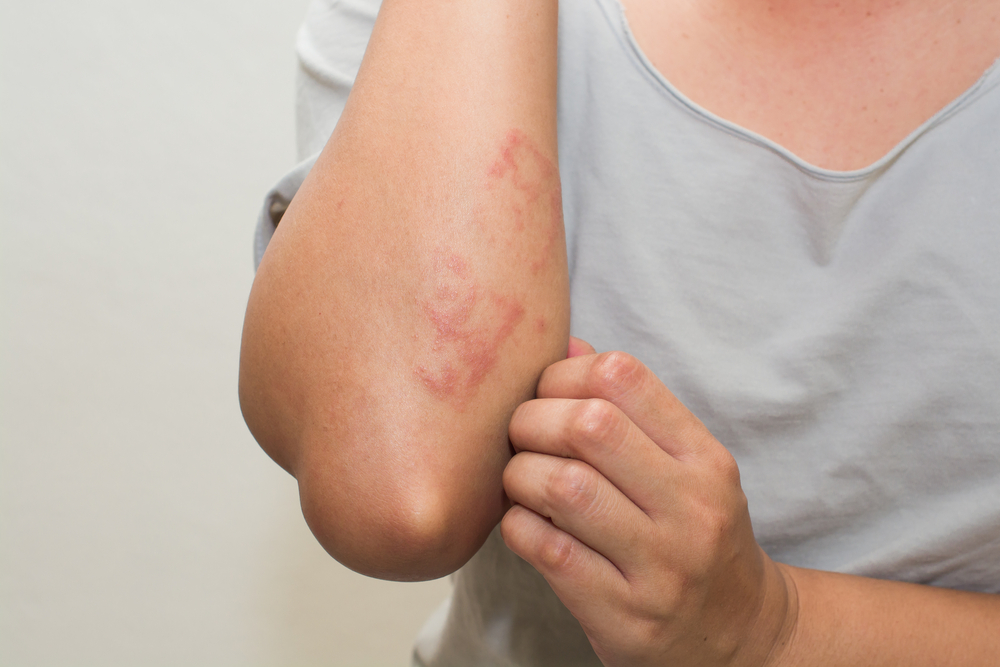
Q: What’s the best way to clean my life jacket so it doesn't give me a rash?
A: Simple: rinse it really well with fresh water after every single use. Get all the salt, chlorine, and sweat off. Then, and this is super important, let it dry completely. Hang it in the shade, where there’s good air circulation. You don't want mold or mildew growing in there – that's just asking for skin trouble.
Just a few more nuggets of wisdom before you go:
-
Hydrate, hydrate, hydrate: Your skin is happier and healthier when you’re well-hydrated. It’s less likely to get irritated.
-
Loose clothes underneath: If you wear anything under your life jacket, make sure it’s loose-fitting. Tight swimwear can cause extra friction.
-
Check your jacket: Before each season, give your life jacket a good once-over. Are there any rough spots? Broken seams? Anything that could poke or rub? Fix it or replace it.
So, listen, a rash from a life jacket is pretty common, but it absolutely doesn't have to ruin your fun. By understanding why it happens and taking a few simple steps – getting a good fit, using those amazing anti-chafing balms, and being kind to your skin – you can almost always prevent it. And if it does pop up, you know exactly what to do to kick it to the curb. Your skin (and your next water adventure!) will thank you. Stay safe and happy out there!

